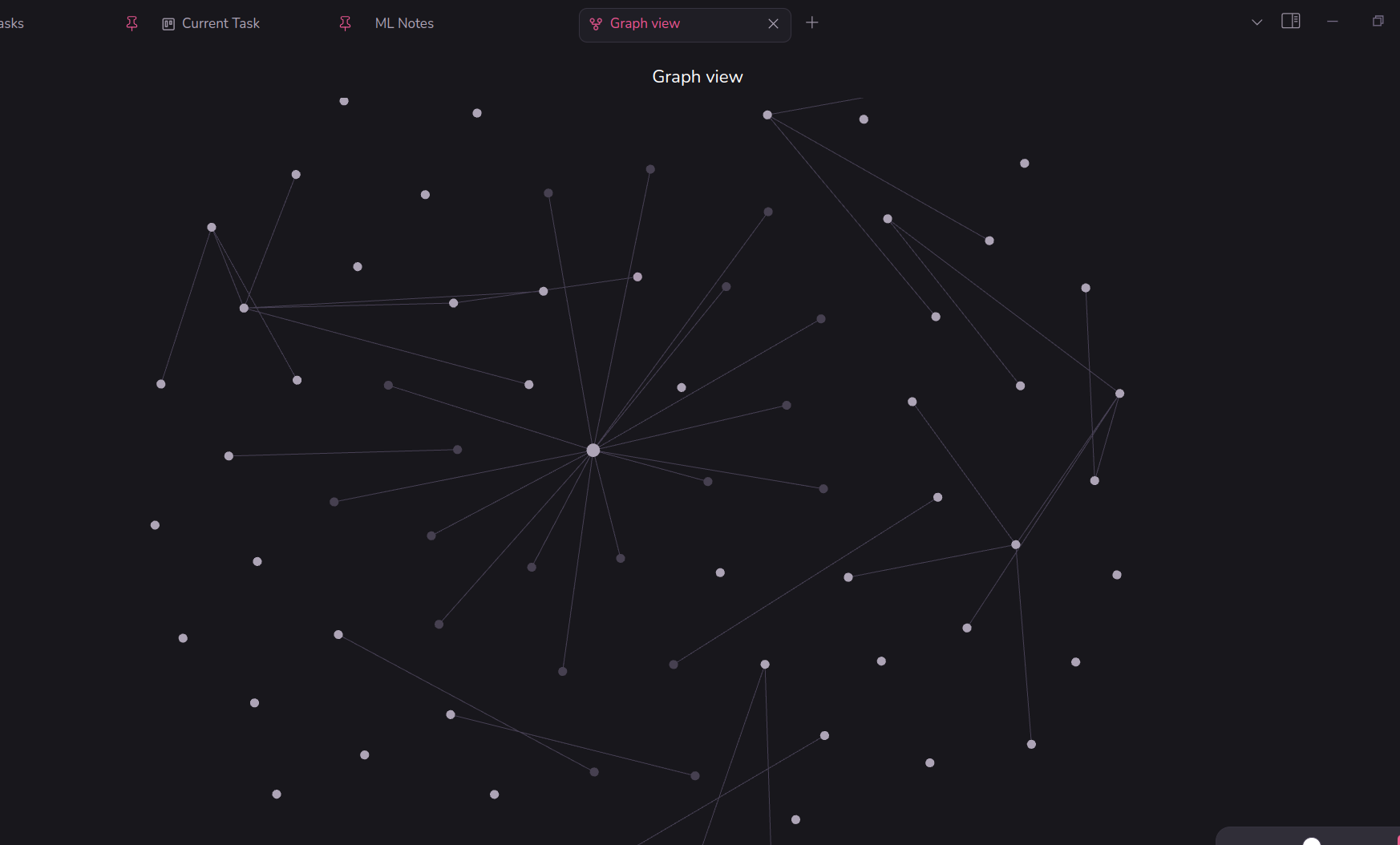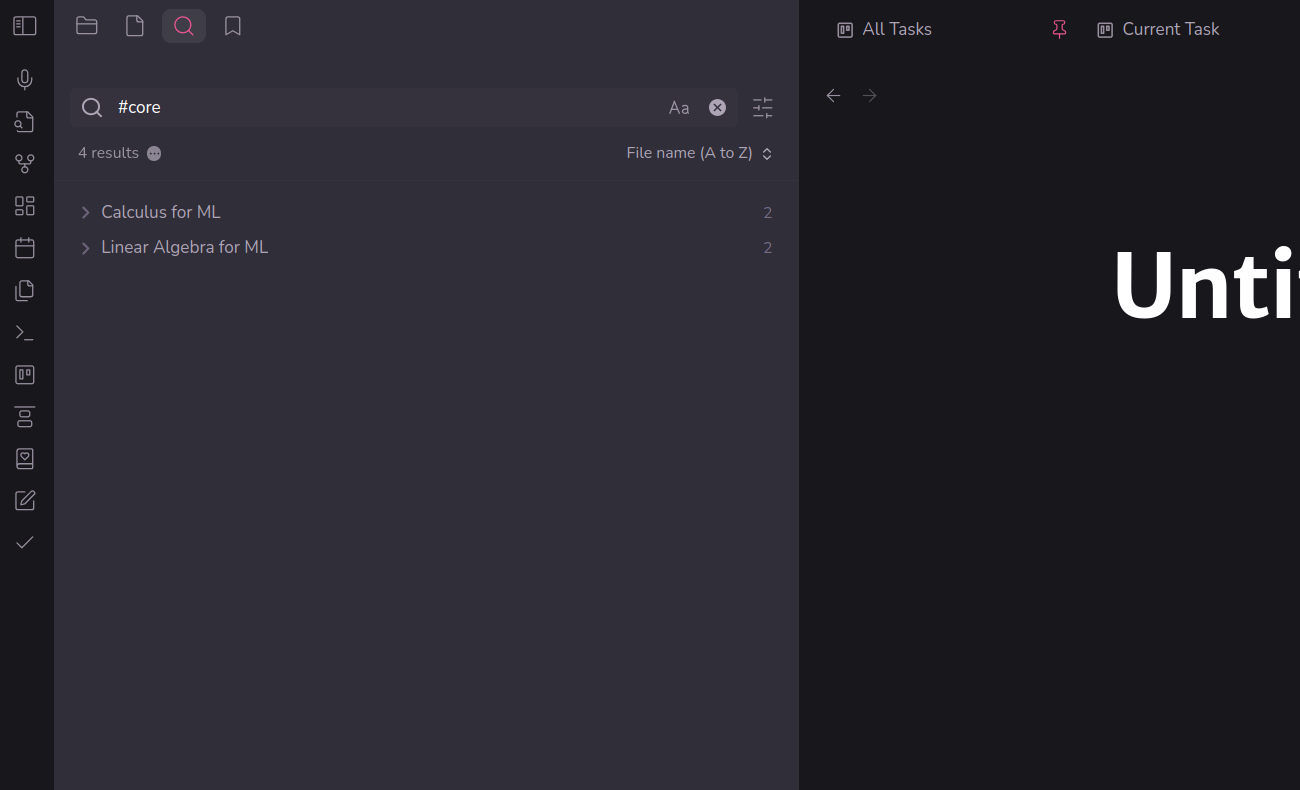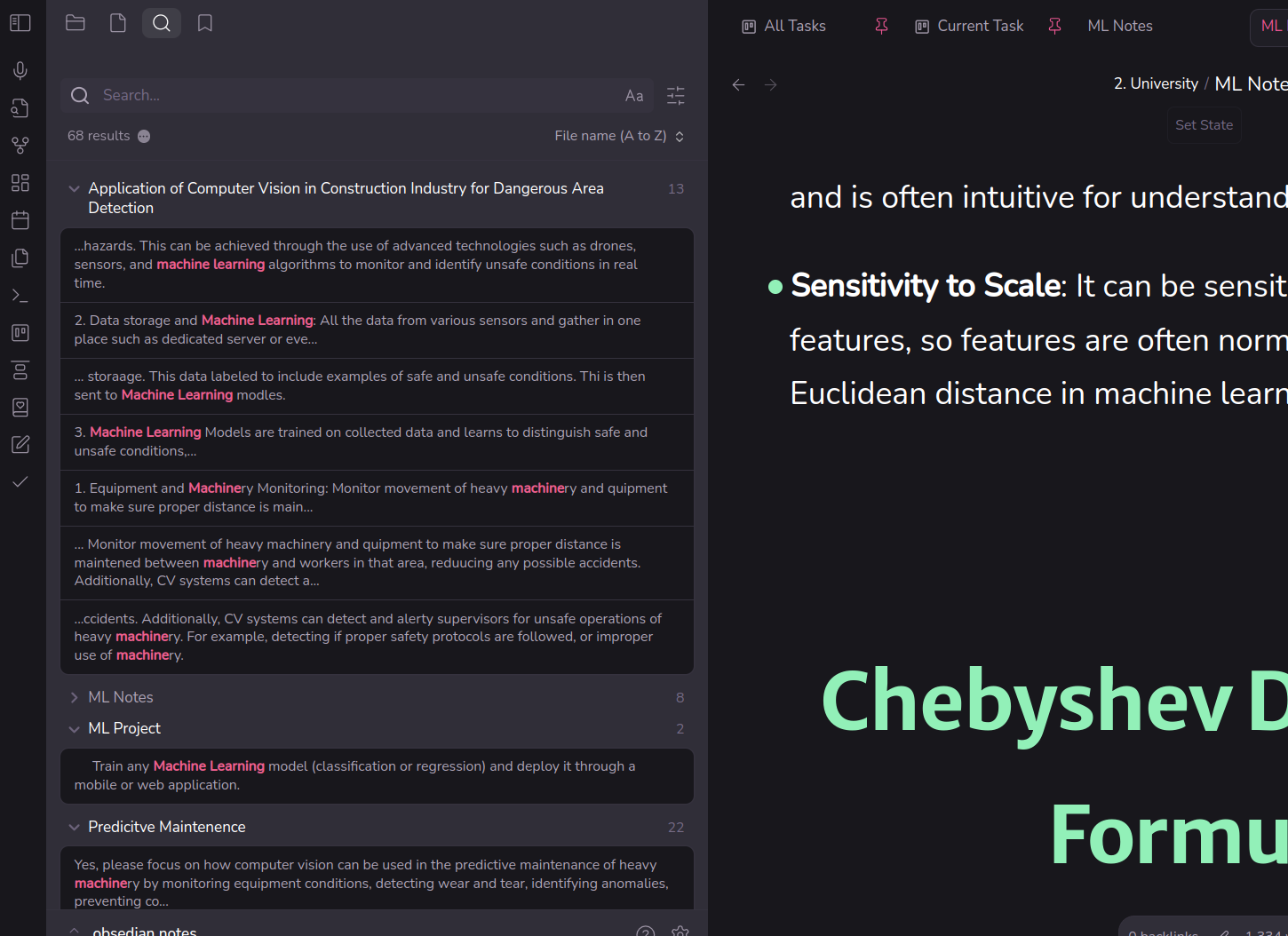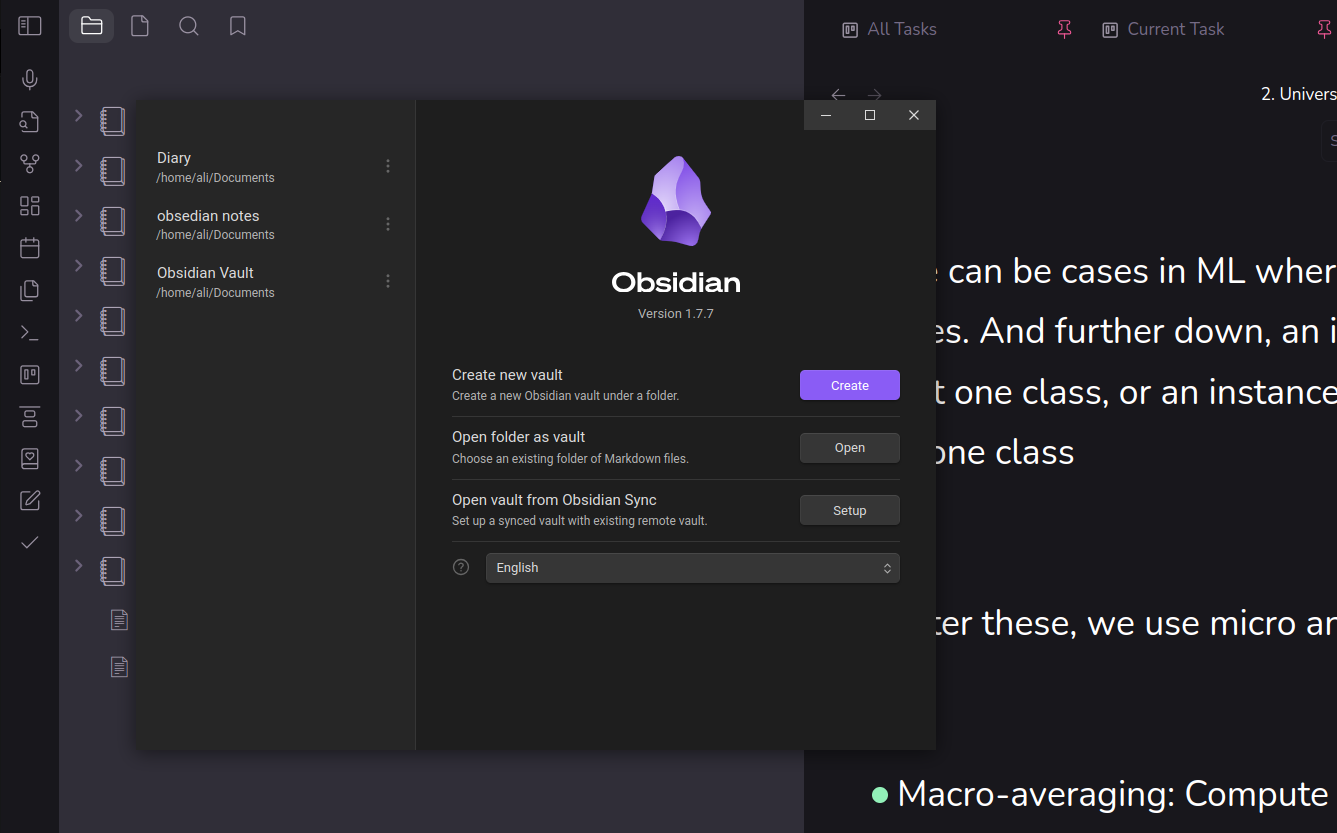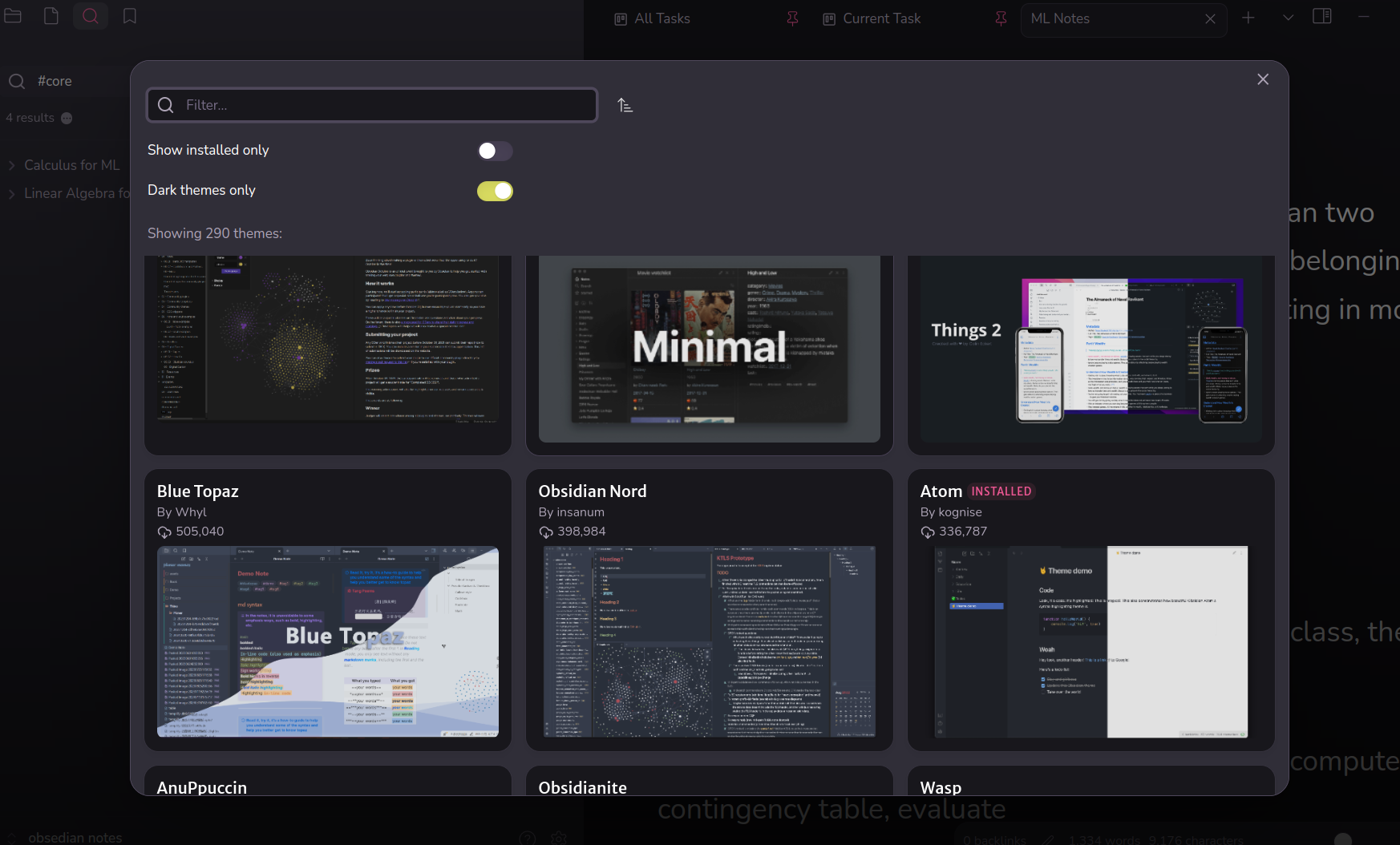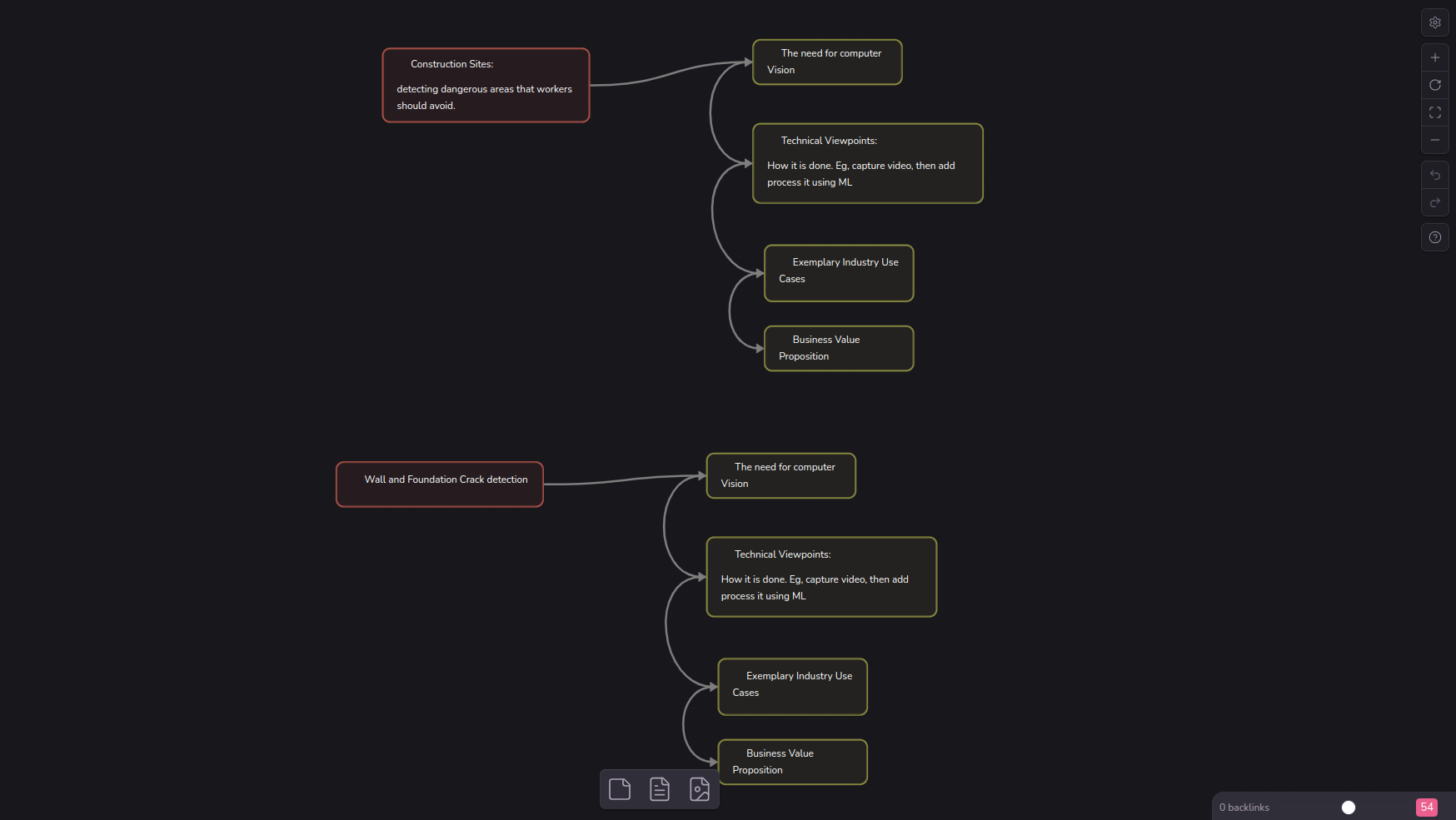Obsidian is a feature-packed note-taking tool, but does it justify the time spent getting familiar with it and customizing it, or do the benefits fall short?
Long-Term Reflection and Learning
On the surface, Obsidian looked generic to me, like any other app out there, but only using it over a couple of months revealed its underlying benefits. Fast-forward to today, Obsidian has become my central hub, a map of what I have learned and what I am learning, finally making my search for a note-taking app come to an end. When I think of Obsidian, I consider it a tool that glues your notes together and makes notes as a whole greater than the sum of its parts.
Previously, in my note-taking process, I used to jot down notes, and that was it. They were merely words and numbers, placed on one line after another, ready to be forgotten. Only after using Obsidian did I realize that my notes lacked a critical component — connections. How one note related to another. Instead of my notes being independent fragmented entities, Obsidian allowed me to turn notes into a chain of thoughts.
For example, at the start of a course during my Computer Science degree, for the first few classes, I took notes diligently, primarily due to my high motivation when a course started. However, as I approached the midpoint of my semester, my notes made no sense to me. They felt scattered and segmented to the extent that I stopped taking down notes.
When I repeated the same process, but this time using Obsidian, my notes were connected and appeared as a whole. They had connections, starting from one point and heading towards another. I could see where everything started and where it was heading.
This approach to note-taking is precisely what I was missing with other apps. And the best part is that the more notes I took, the better the system became.
This was possible due to Obsidian’s key features: Note linking, graph view, and note tags. Note linking lets you connect one note to another, which you can visually see in graph view. At the same time, the note tagging feature lets you tag notes to a particular keyword.
Discovering Deeper Connections Between Ideas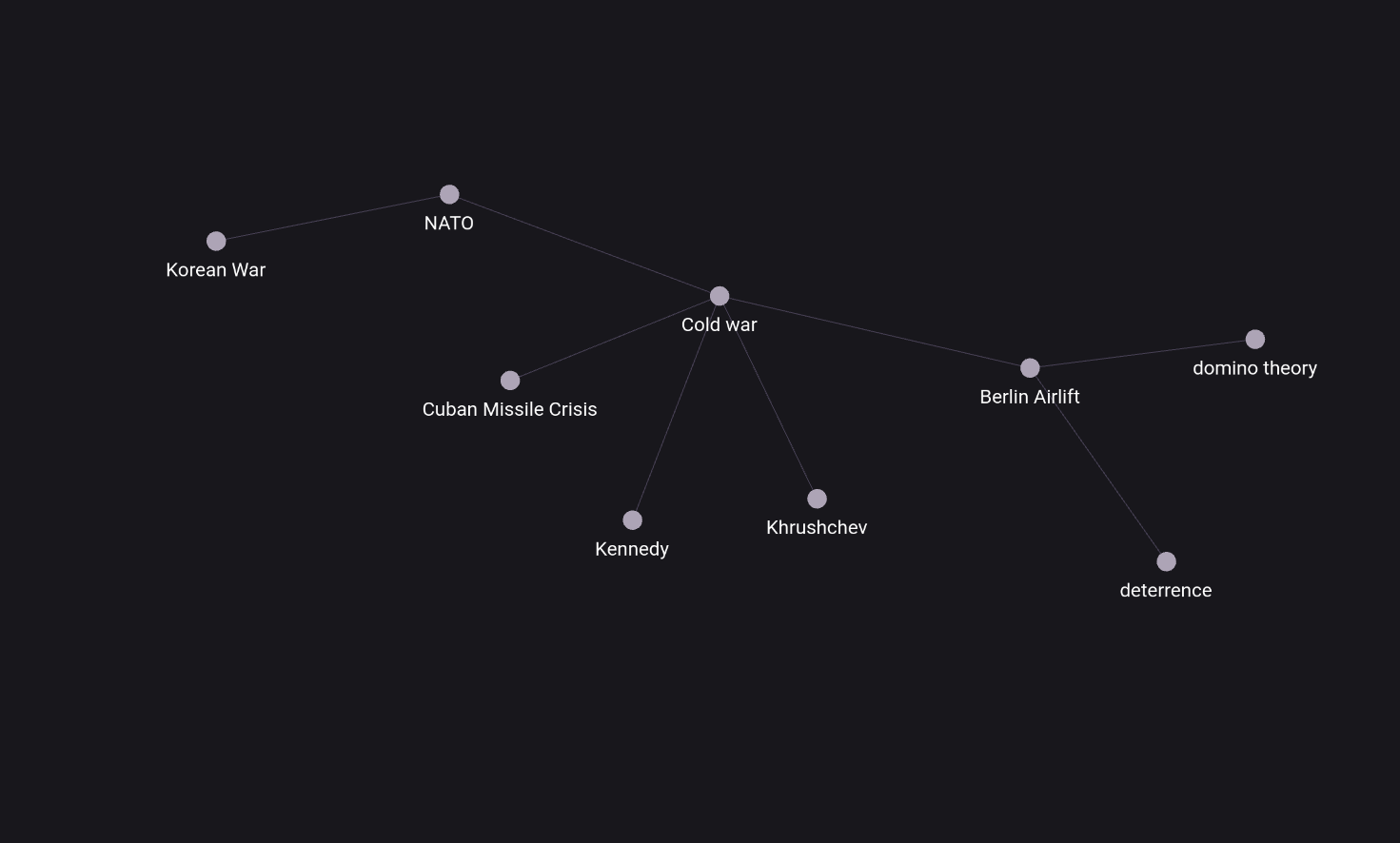
Obsidian’s Graph View visually maps out the relationships between notes, creating a bird’s-eye view of your knowledge network. With this, not only do you get a logical overview, but it also helps you discover ideas and relations between concepts that weren’t apparent at first, compared to flat note-taking, where your words will just stay on the page.
During a history course at university, we learned about the Cold War. The graph view helped me map out the relationships between key events such as the Cuban Missile Crisis and the Berlin Airlift, connect them with key figures such as Kennedy and Khrushchev, and also connect concepts such as deterrence and domino theory.
Furthermore, graph view also helped me discover more things I needed to research. For example, the word NATO appeared in a note about the Korean War but wasn’t linked with my NATO note. With this, I quickly found a new area to explore: how NATO related to the Korean War.
A Knowledge Hub That Grows With Me
One of the major drawbacks I found with other note-taking tools is that once the notes grew in number, organizing them became an issue, as I had to manually open folders and see what was in them, decide whether to place it in a particular folder or make a new one. However, tagging and note interlinking saves you from these problems.
Usually, after a week or two, I organize my Obisidan vault. I go to graph view, look for individual nodes, and think about which notes I can connect them with. Moreover, to make things easy, Obsidian’s search can easily find notes for you; you just have to type the keyword, and it will output notes with that particular keyword or tag.
Obsidian also lets you create multiple vaults that can help separate different kinds of notes and make clear distinctions between them. For example, you could keep work-related notes, projects, and research separate from personal journals, hobbies, and personal information. So, even if you diverge into new domains and topics, Obsidian will not hinder you but make things more manageable.
Realizing What I Know (and What I Don’t)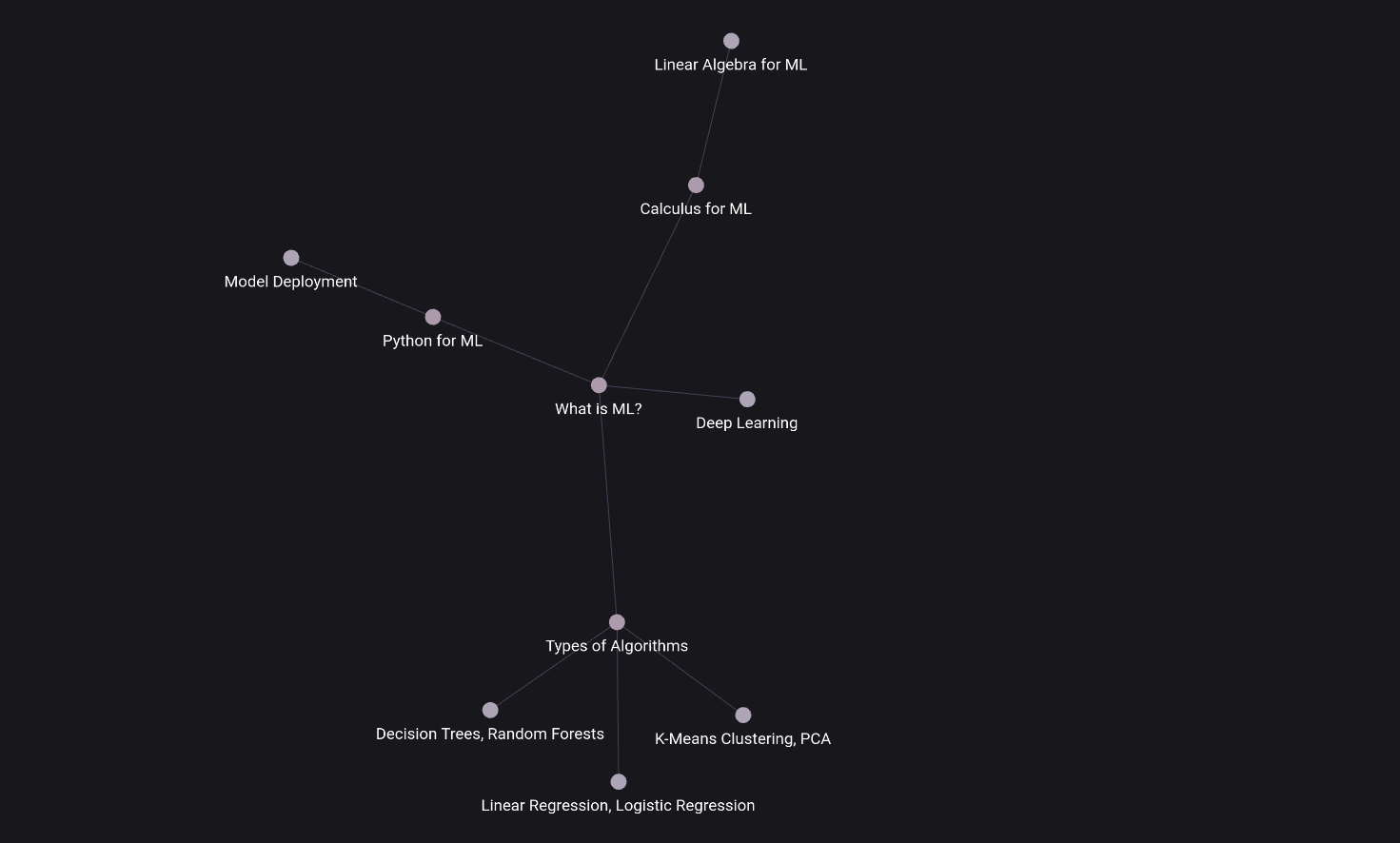
The Obsidian graph view lets you easily judge your expertise on a particular topic. You create a trail of interconnected ideas when you link one note to another. However, if you cannot find relevant notes to link to a new idea or missing links, it may indicate that you lack sufficient information on that topic. This helps you realize what areas you know well and what areas need further exploration.
Additionally, by tagging notes, you can categorize them around themes and subjects (e.g., “Machine Learning,” “Philosophy,” “Psychology”). If you notice that a tag has only a few notes, that indicates that you need to dive deeper into that subject. For this reason, whenever I am learning about something new, I want to quickly add it to Obsidian and see how my expertise touches new domains.
Is the Learning Curve Worth It?
One of the drawbacks of Obsidian is its learning curve, especially Markdown formatting, which many people might find difficult to wrap their heads around. Similarly, I did face a learning curve, such as learning the formatting syntax, linking notes, and how the tagging feature works. However, it didn’t take me more than a few days to master these things, which was far shorter and easier than getting used to Notion.
Another thing I disliked about Obsidian is its default theme, which wasn’t the best. However, you can install Obsidian themes with a single click, and there are plenty of free Obsidian themes to choose from. Obsidian has a diverse theme store, so I had to spend a fair amount of time finding the right theme or even writing custom CSS code to implement the desired appearance.
So, Obsidian is an undeniably powerful and effective tool, but at the end of the day, it’s just a tool and might not be for everyone. If you are looking to jot down a few things, such as grocery items or a to-do list, there are better apps for that because the learning curve is not worth it. Similar to how note-taking in Notion can be overkill.
But, if you are going to take a lot of notes and are looking to build a personal knowledge base, Obsidian will help you do that. It’s an app that helps glue notes together and makes things you have learned cohesive.
Obsidian’s real strength lies in its ability to turn disconnected notes into an interconnected web of knowledge. While the learning curve and setup might seem daunting initially, the payoff is immense for those who invest the time.
Based on my experience, Obsidian is worth the learning curve—but only if you’re looking for a tool that grows with you. For casual note-takers, the setup might feel like overkill. However, if your goal is to create an evolving knowledge base that can handle all your interests and efforts, Obsidian more than justifies the effort. It’s not just a note-taking app; it’s a tool to help you understand what you know and uncover what you don’t.

